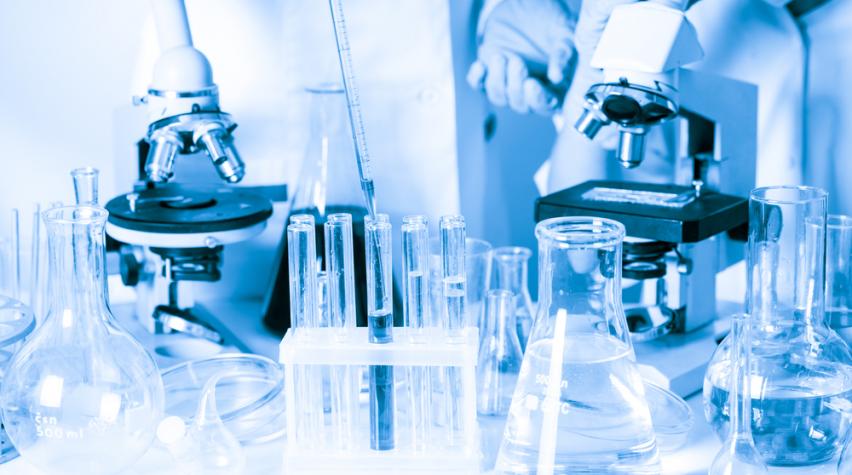
I’m Rafael Vaz, chemical engineering student at the Polytechnic School of Eastern Minas Gerais University Center, Brazil. I began studying chemical engineering in 2011, when I realized after three years of technical courses in chemistry, that I really want to work chemical reactions, projects, and industrial processes.
I want to share a little about my first academic project, which was entitled “The effect of water temperature on the efficiency of a Rietema hydrocyclone.” This project was realized as a requirement of the course syllabus, namely the “interdisciplinary project,” which is an opportunity for students to conduct academic projects.
On the theoretical side, we were instructed by MSc. Alex Vazzoler, and on the experimental side, by MSc. Djolse Dantas. I worked with fellow students as a group, presenting this work to the university’s examining board, which was composed of PhDs in chemistry and chemical engineering.
Industrial use of hydrocyclones
Many industries have effluents or unit operations that need some kind of solid-liquid separation. Separators or even chemical reactions are used for this purpose, depending on the application. As for separators, a device often used is called called a hydrocyclone, which promotes particle separation by the centrifugal acceleration of the fluid.
According to research conducted by Giulio Massarani (Massarani, G., Fluidodinâmica em Sistemas Particulados, Editora UFRJ, Rio de Janeiro, 1997 — see explanation in English under "Equations” here), this equipment’s efficiency can be expressed as a function of two variables: the particle’s diameter and the cut size, which is the diameter of the particles that are separated with 50% efficiency. Cut size varies according to at least ten properties, among them the dynamic viscosity and the specific mass, both fluid properties. We know that the fluid’s viscosity and specific mass changes by manipulating its temperature, and so it changes the operation efficiency, since the cut size changes.
Inspiration behind our work
To analyze the effect of this variation on hydrocyclone efficiency, empirical equations were used in form of models, as were experimental tests. The idea and motivation behind this research came from observing the hydrocyclone variables, which led us to ask: “water’s viscosity and density both decrease when the temperature is increased, so what about the cyclone’s efficiency?” Once we know the relationship between the fluid temperature and separation efficiency, industrial users can achieve the best hydrocyclone performance by using the equipment at the optimal temperature.
Modeling and experiments
Using scientific methodology and the models previously cited with equations such as the variation of water’s viscosity and specific mass according to temperature (from 20°C to 100° C), Plitt’s equation for cut size, Massarani’s equation for hydrocyclone efficiency, and the gold ratio method for data optimization, the proposition was confirmed: efficiency increased as water temperature increased. Once the particles have a greater “free path” to run, due to the volume increase (specific mass decrease), they will also be submitted to lower intermolecular attractions, and thus released easier (viscosity decrease).
Experimental tests were also performed, using a Rietema hydrocyclone built out of aluminum. We knew these tests were important and had in mind the words of Svarovsky: “Efficiency predictions, however, require additional experimental studies to take into account factors not considered in the analytical model.”
Even though the efficiency increases, we have one chemical variable that could affect this: the solubility. That’s a relative point, however, because each particulate has its own solubility constant, and hydrocyclones operate with suspensions, not with dissolved particles. So, starting from an operation in which the particles have a negligible solubility, the effect of water temperature on the hydrocyclone’s separation is positive, because by increasing it, its efficiency will also increase due to the decreasing of water specific mass and viscosity.
This research was conducted by Rafael Martins Meira Vaz, Hellen Neves de Sousa Assunção, Júlia Carolina Braz de Freitas Bijos, Juliane Souza Vieira, Alex Vazzoler, Djolse Nascimento Dantas.


